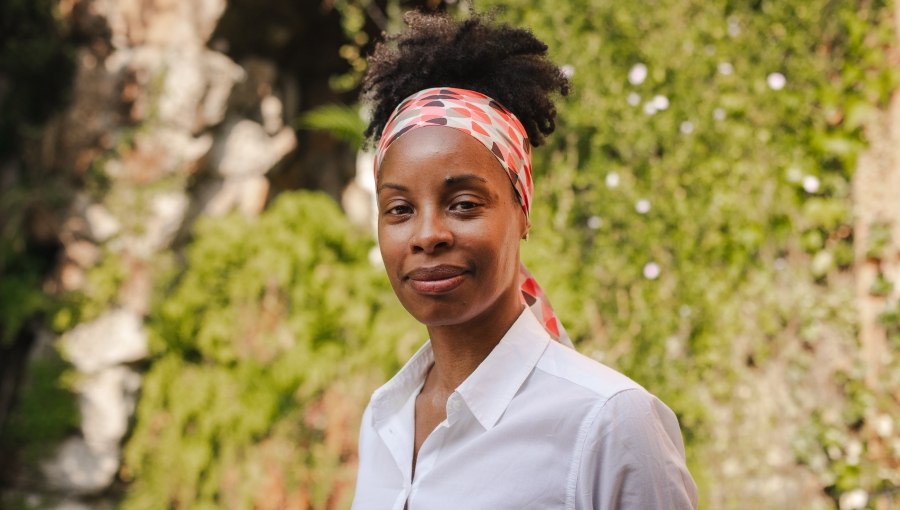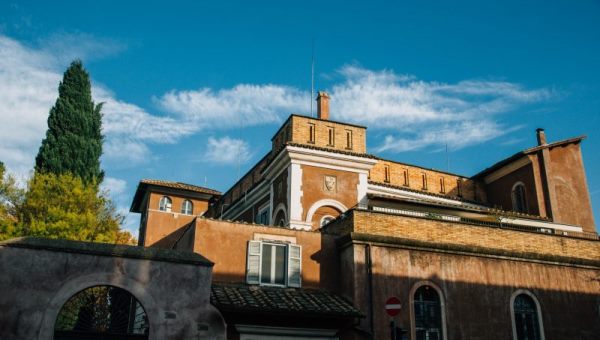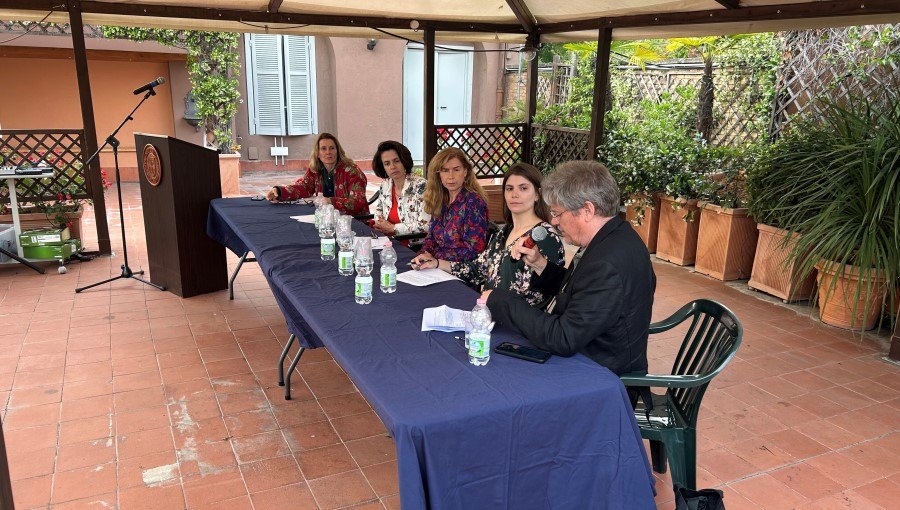H.E.R.: A Cultural Approach To Technology
JCU welcomed two representatives from ‘H.E.R. Human Ecosystems Relazioni,’ for the third talk of the Department of Communications Digital Delights Series, on Wednesday 3 April 2019.
H.E.R. Human Ecosystems Relazioni” is a tiny private research center that moved from England to Italy, and deals with data not technically but rather from a cultural point of view.

Salvatore Iaconesi and Oriana Persico
Communications professor Donatella Della Ratta introduced guests Salvatore Iaconesi, engineer, hacker and designer, and Oriana Persico, teacher of communications and cyber-ecologist.
To understand how digital technologies have changed our lives, our habits, and our society, researchers must deal with the fact that data, artificial intelligence, and the computation industry are ‘extractive’ industries. Extractive industries draw resources and data about our behavior from the environment, process them through artificial intelligence, and redistribute them, often selling them to companies that exploit this data.
Iaconesi and Persico have adopted a totally different approach to technology, a cultural one, to avoid the inevitable separation between data and the environment that the extractive process entails. Everything we do nowadays generates data, influencing how we behave and what we do. We are constantly monitored. As Iaconesi said, even the absence of data is information. Hence, if we enter into the mindset that even when we are not connected we are still generating data, data and computation are not just technical issues anymore, but they concern our culture. As Czech philosopher Vilém Flusser (1920-1991) claims, “culture is the set of things that people do and use.” In this context, data and artificial intelligence are not technical artifacts, but cultural artifacts.
For data not to become extractive, it must be considered a “commons.” A “commons” consists of a resource, a relational ecosystem of high quality, and its rules. In the “commons” approach, each of these components cannot be considered separately. The aim of H.E.R. is to prevent the separation that takes place in extractive industries from occurring. As practical examples of how H.E.R. puts into practice this culture-based model, Iaconesi and Perisco spoke about the festival of San Lorenzo, a Roman neighborhood, which they have organized, and the artificial intelligence they have created, called Iaqos.
H.E.R. She Loves San Lorenzo Festival
The festival was organized due to a real and genuine desire to connect, and to share something, thus avoiding separation, between H.E.R. and the neighborhood of San Lorenzo. The festival was data-driven, but in order to be inclusive Iaconesi and Persico decided that they should avoid excessive technicalities. Therefore, they targeted not only activists, designers, and hackers, but anyone. The format they chose for the event was the “village” format, meaning that their idea was to organize a sort of village festival, choosing a theme, and a data-driven “patron” to celebrate, someone who could unite the community year after year in celebration. This year’s topic was “The Fears of the Neighborhood.” Data about neighborhood fears was collected and each fear was assigned a corresponding color. As participants walked through San Lorenzo during the festival, a colored light would turn on, based on the fear associated with it. This is an example of how a technological issue was successfully transformed into a cultural event that united people.
IAQOS
Iaqos stands for “Artificial Intelligence di Quartiere Open Source” (Neighborhood Open Source Artificial Intelligence). Iaqos is a project whose objective is to use artificial intelligence and art to create a process of urban regeneration in the Roman neighborhood of Tor Pignattara. H.E.R.’s aim was to try to create a scenario in which technology would have the role of building bridges between people and in fact, Iaqos is designed for people from different cultural backgrounds. The revolutionary aspect of Iaqos is the fact that anyone can feed it with data, to make it learn. Data is not extractive, not taken from social media, and the Iaqos’ interfaces are not even connected to the internet. Iaqos collects data by speaking and interacting with its neighbors; in this way data is always connected to its relational ecosystem. Data is never separated from its surrounding environment, accomplishing the main goal of the H.E.R research center.





